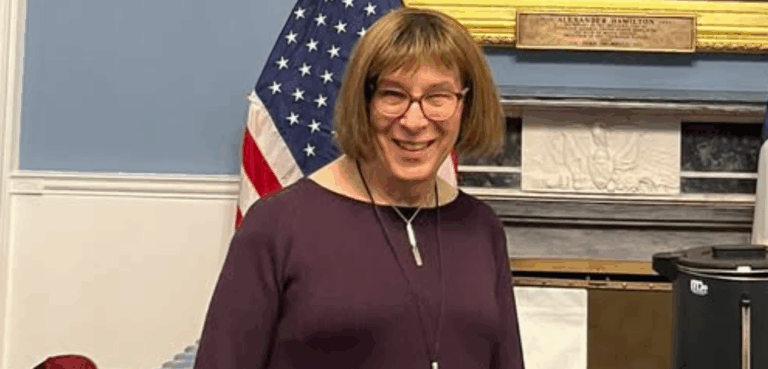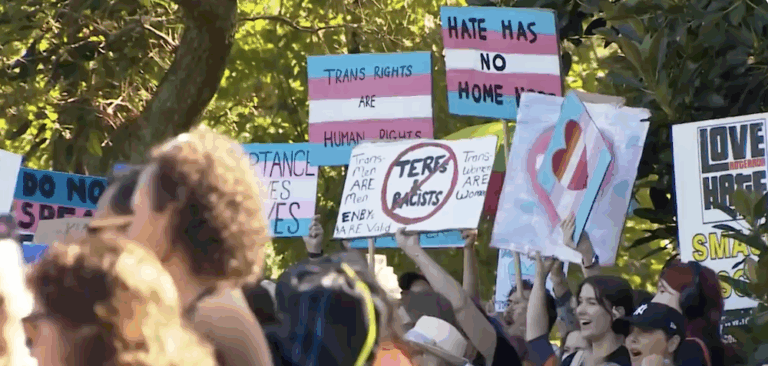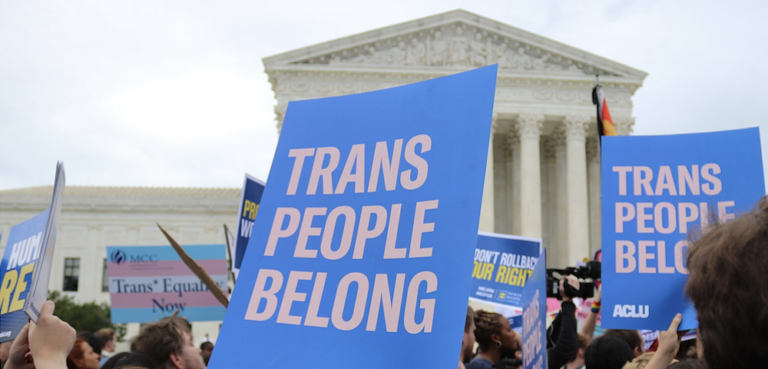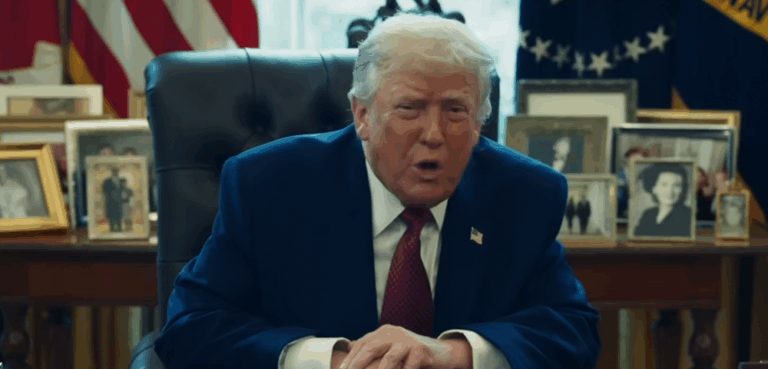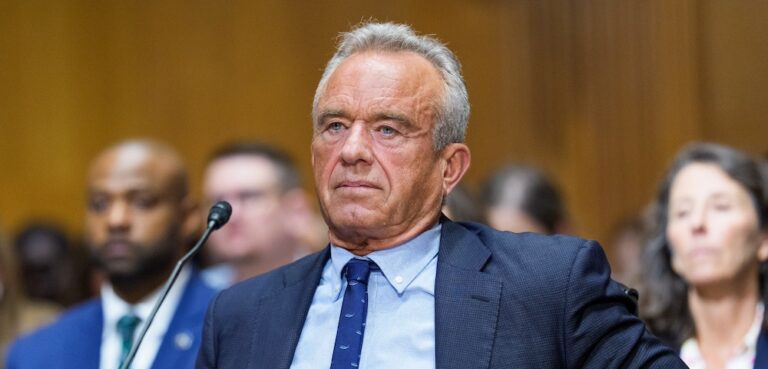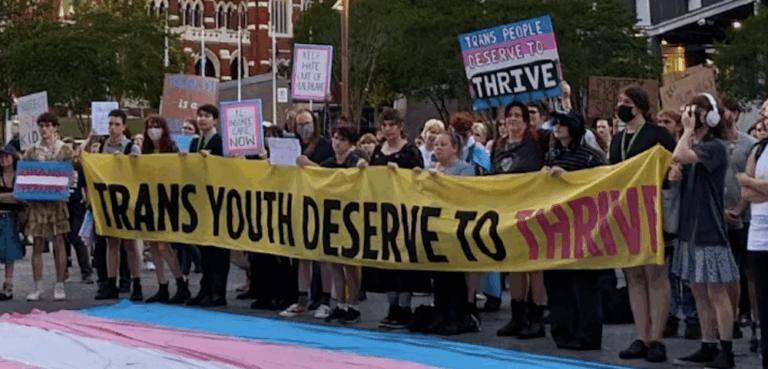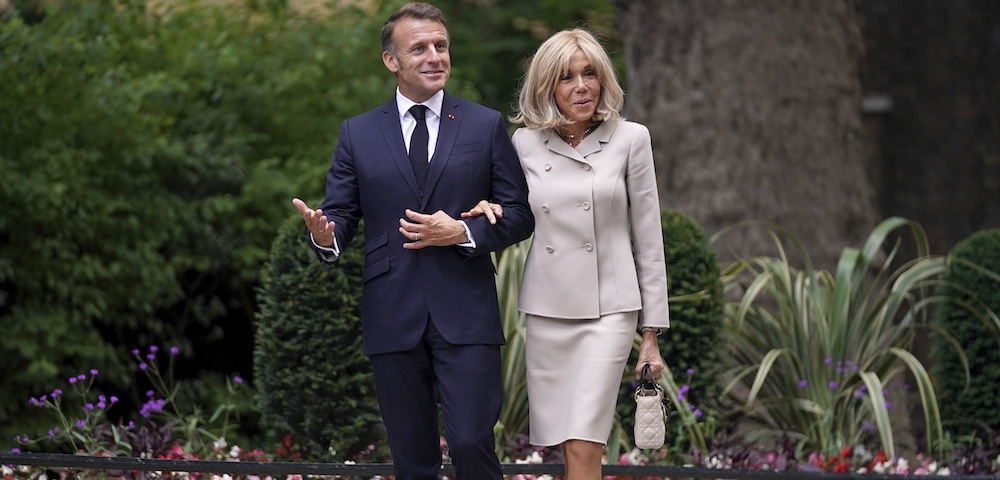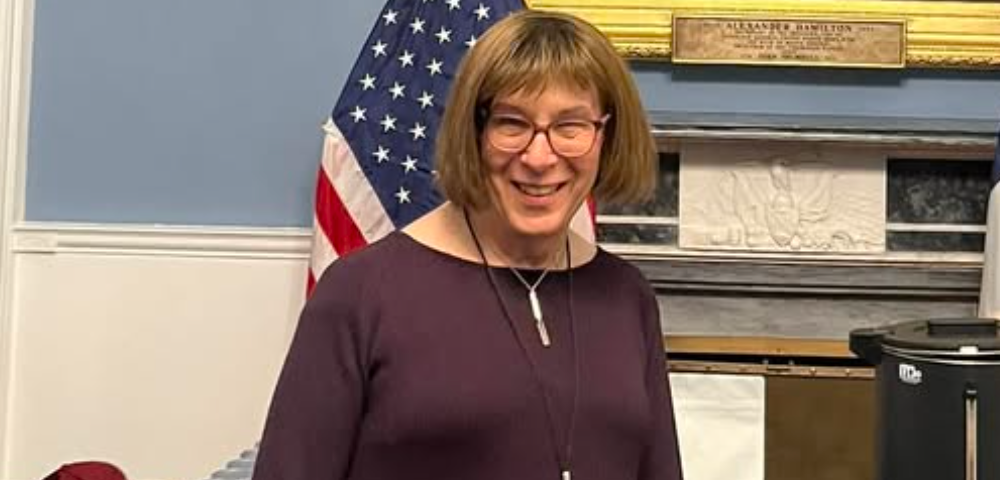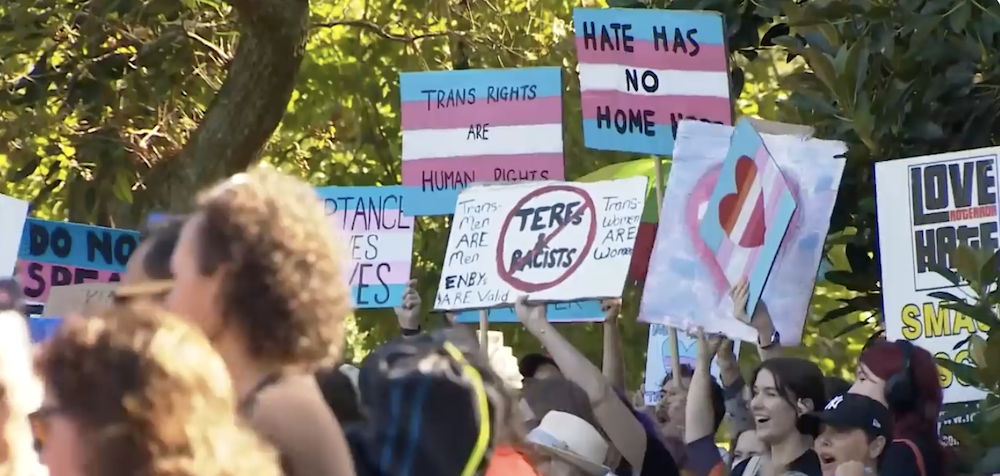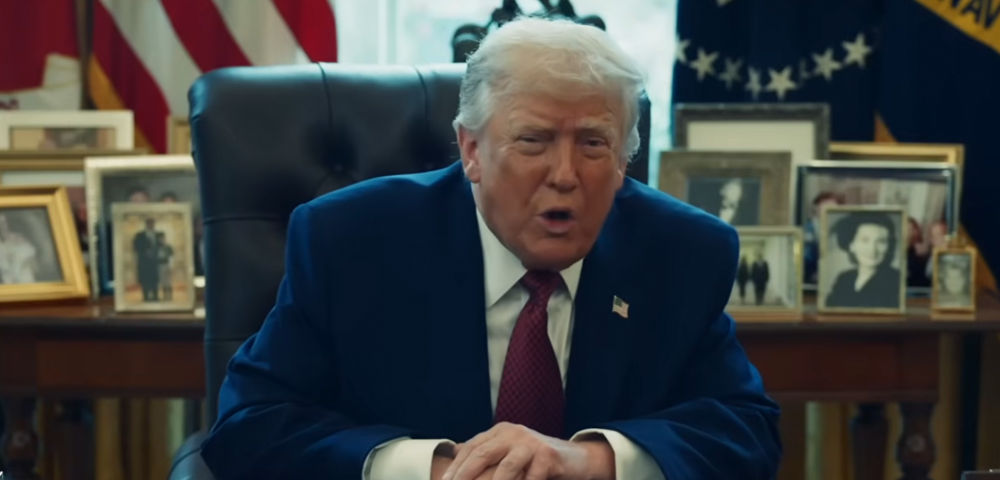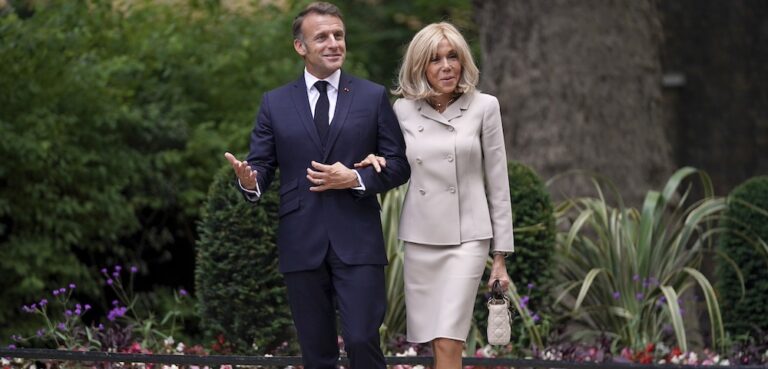
Meet the gender diverse activists on the front line of the gender revolution in Australia

The gender revolution is here, and it’s being fostered by impassioned activists around Australia. Matthew Wade reports.
***
In the wake of marriage equality in Australia, conservative politicians and parents have shifted their hate-fuelled cross hairs from the altar to the classroom.
Safe Schools may have already lost its federal funding, but that hasn’t stopped Queensland Senator Fraser Anning from calling the program and gender diversity “garbage” in his maiden speech; or the Australian Christian Lobby from sensationalising it as cultural Marxism; or Prime Minister Scott Morrison from saying that he sends his daughters to a private school to avoid it altogether.
Interviews with right-wing media, transphobic social media posts, and error-ridden campaigns have worked to push an anti-trans narrative and incite moral panic, and in some ways, they have been successful.
But there are a growing number of trans and gender diverse advocates breaking through to ensure their voices—as well as the issues affecting them—are heard.
If Creatrix Tiara were to try and define her gender, she would “use the shrug emoji”.
“I feel like so much of my identity has always been up for public debate,” she says.
“Whatever [gender] I claim for myself always gets disputed and people put other stuff on me.
“Even in non-binary and queer spaces, you have to look a particular way for people to accept you, you have to fit a certain mould to be valid.”
Growing up in Malaysia, online forums first opened her eyes to the idea of androgyny.
She felt the desire to be androgynous before she even came to terms with being queer.
“My family still don’t quite get what’s going on, most of them just thought I was weird anyway,” she says.
“But people argue about my race and my sexuality so often, gender is one fight I’m tired of having.”
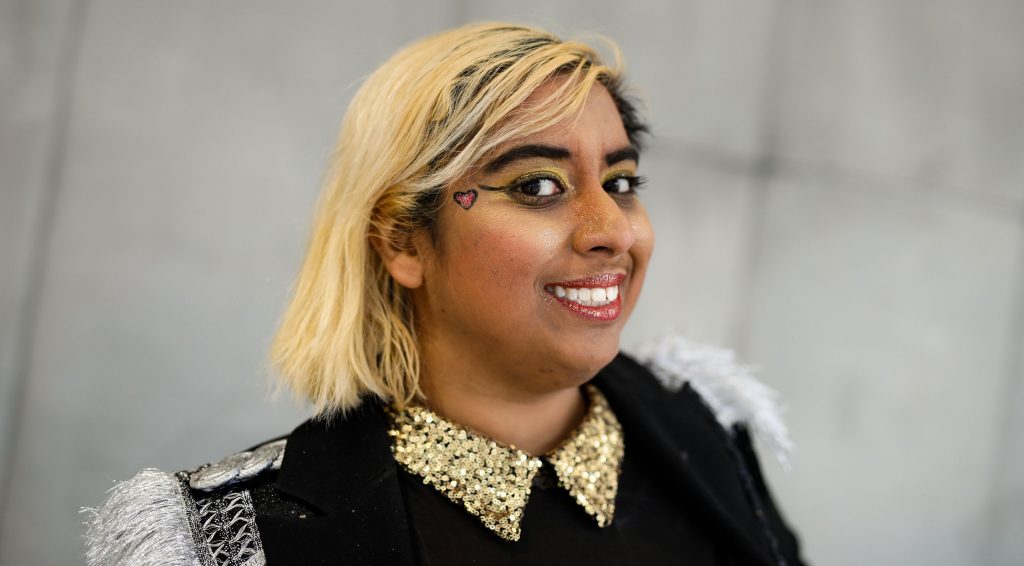
In Australia, the rate of young trans people applying to the Family Court for permission to start hormone treatment in Australia has increased by 360 per cent since 2013.
And in a landmark ruling last year, the Family Court struck down a law requiring court authorisation in instances of trans young people seeking hormone treatment.
However, Tiara says that while Australia has made strides when it comes to the legal recognition and visibility of trans people, non-binary identities are still not given enough space.
“Australia could definitely be more diverse in the way it pictures non-binary people,” she says.
“And the ways gender diverse people intersect with race. When people talk about the patriarchy that’s great, but how are men of colour treated compared to white men? Are they dealing with the patriarchy in the same way?
“It also frustrates me when I see white trans people saying ‘we are getting murdered all the time’… that’s true, but the statistics about trans people dying are largely trans women of colour, it’s disproportionate.”
She adds that gender identities shouldn’t need to look or remain a certain way to be valid in Australia, something she actively champions.
“There’s this pressure on young people, they’re told that X, Y, or Z gender expression has to look a certain way,” she says.
“Fuck that. If you identify a certain way you don’t have to forever, there’s nothing wrong with that.”
For mental health and non-binary advocate Jacob Thomas, discovering that gender existed beyond the binary was a profound moment.
They had driven up Flinders Street in Melbourne and were waiting at an intersection when the thought dawned on them.
“For some reason the idea popped into my head and I was like, maybe neither?” they say.
“But it wasn’t until I heard somebody else self-identify as non-binary a couple of years later that I thought this is real, I love this.”
After casually slipping the fact they were non-binary into a Facebook post shortly after, and effectively ‘coming out’ again, Thomas found that they became one of two things for most people: either a sounding board for misconceptions around gender diversity, or an educator.
“When I’m at a party it’s like fuck, I’m going to 101 this again and it can be so exhausting,” they say.
“I don’t mind it from cisgender or hetero people, but I get frustrated when people in our community don’t get it.
“I think we owe a great deal of respect to our elders who fought for us, and owe it to them to learn how we got here to today, and to understand holistically what our community is meant to be.”
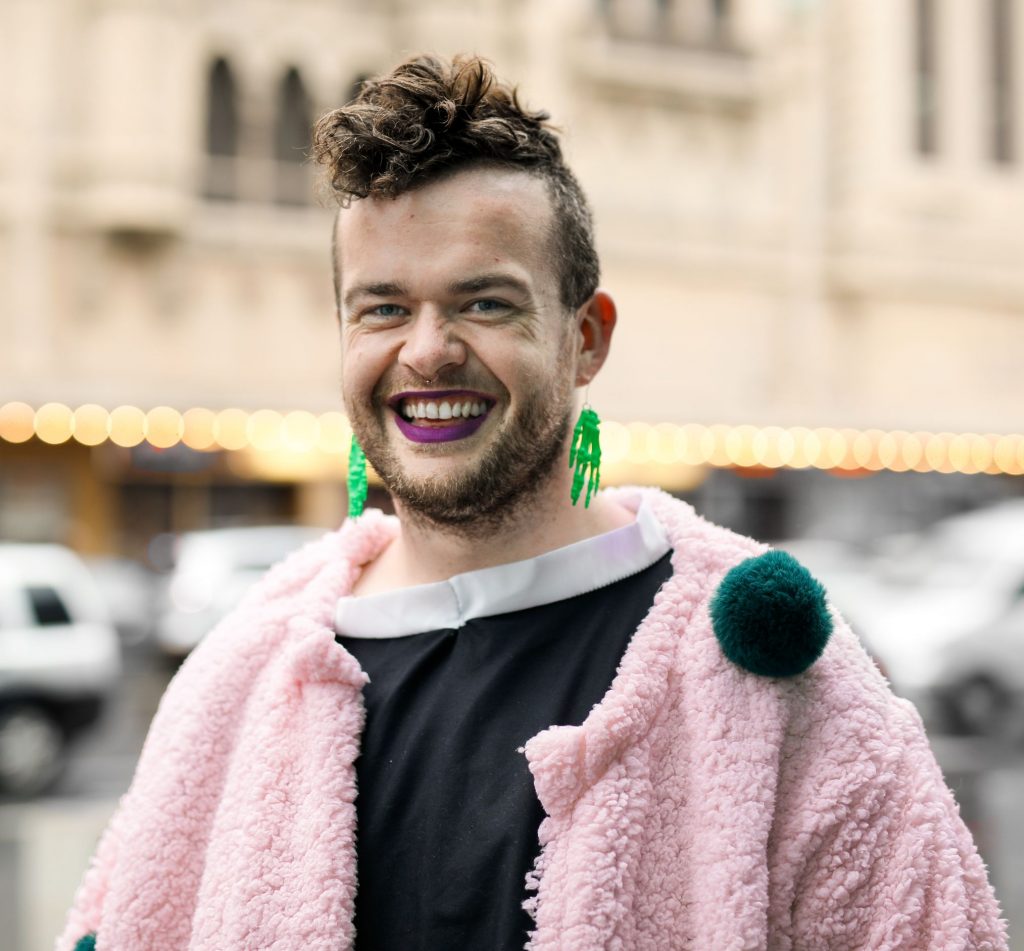
In terms of the issues facing trans and gender diverse people in Australia, Thomas says ‘visibility’ is a dangerous goal to get hung up on.
“We talk so much about visibility and that’s important—there’s a trans person in that ad, or a non-binary actor playing a non-binary role—but we are so far behind in terms of legal protection and social acceptance,” they say.
“Even small things like trans people being seen as objects rather than having any agency.
“We still have high rates of suicide and murder and harassment.
“You don’t have to be an activist to speak out about any of this stuff, you just have to give a shit.”
Anastasia Le, who grew up in Vietnam, says gay, lesbian, and trans people were all referred to under one “degrading” umbrella term when she was younger.
She would give herself feminine nicknames and refer to herself as a girl among her imaginary friends, but was taught to never become part of the LGBTI community.
When she moved to Australia, that changed.
She recalls heading out to gay nightclub Poof Doof wearing make-up and a dress one night, a revelatory experience.
“I had come out as gay but there was still a void inside me until that night,” she says.
“That night everything felt complete. Somehow, through the pain of my stilettos, I felt whole.”
Le continued to head out to Poof Doof on Saturday nights until she realised she wanted the world to see her that way, day or night.
“After coming out as trans some people were still ignorant, but those who have a better understanding of our community said I looked more alive,” she says.
“They could tell I was being my happier, female self.”
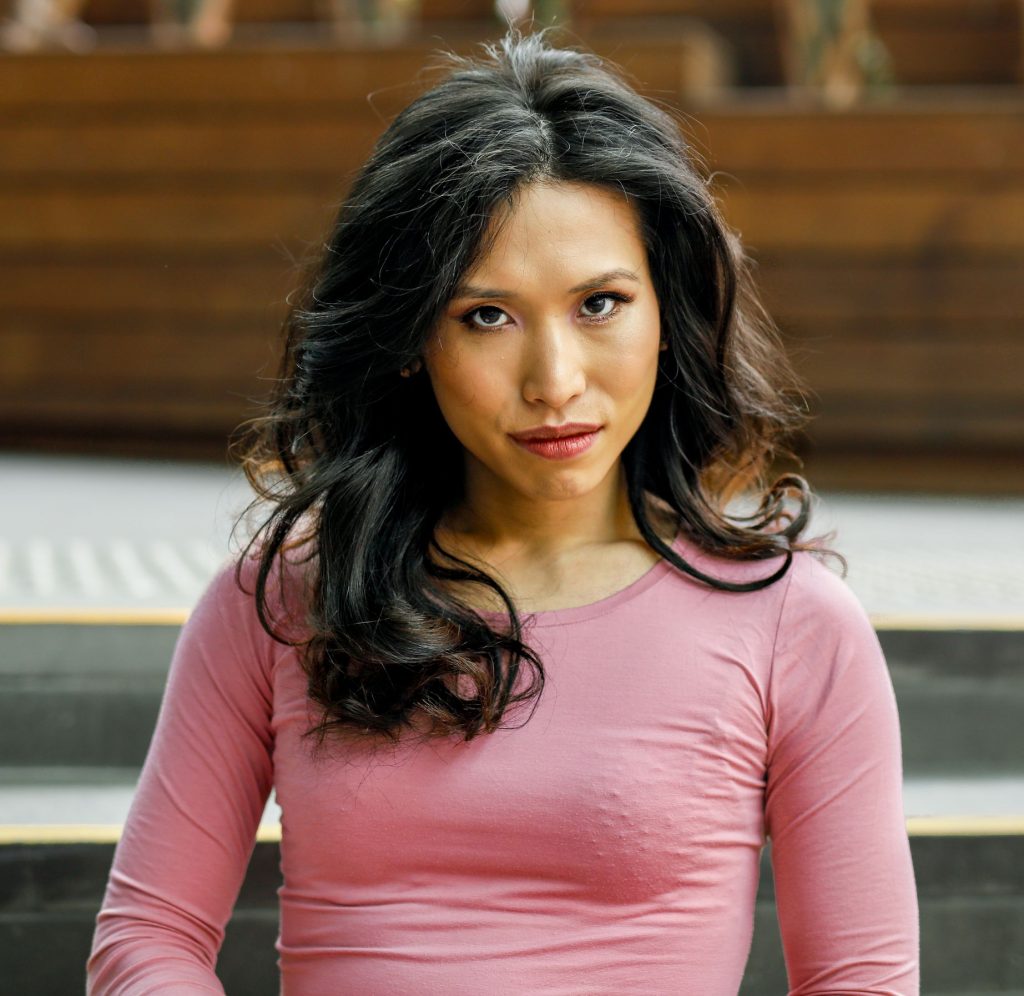
Despite the fact that trans people are more regularly being given a platform in society and in the media, Le says she still faces discrimination.
“It feels like we take one step forward, and two steps back,” she says.
“When I first transitioned socially I struggled to even buy my own bra because no-one wanted to serve me.
“Education is always the best key to banish everything though.
“At the end of the day I’m a human being. I’m somebody’s daughter, somebody’s sister, and just like everyone else I’m doing my part for the community.”
